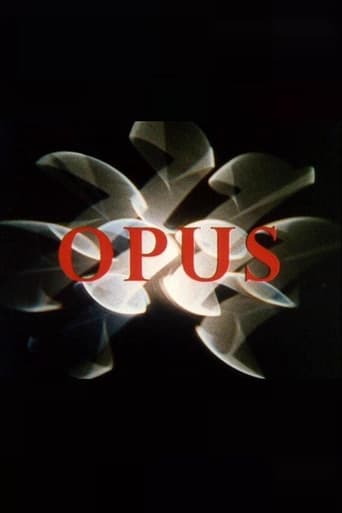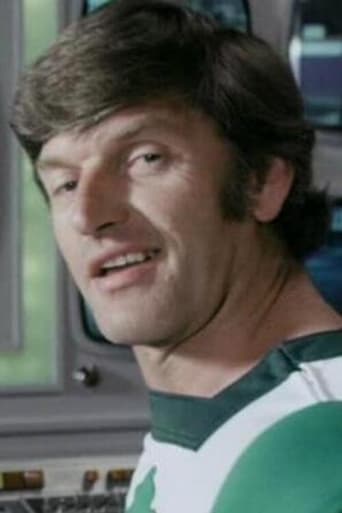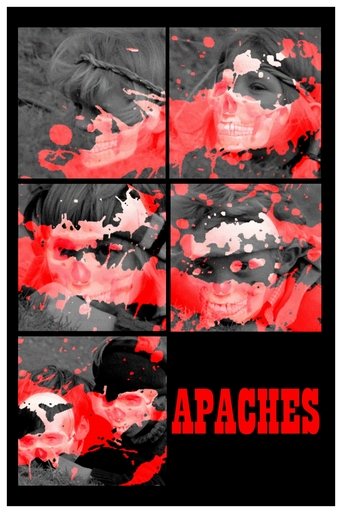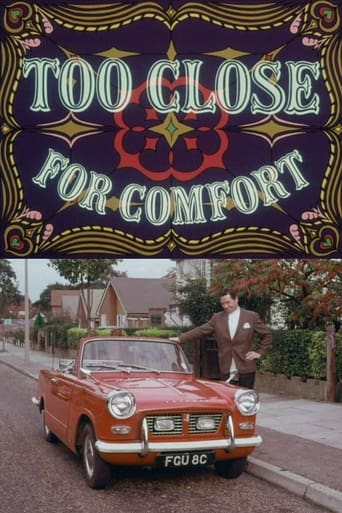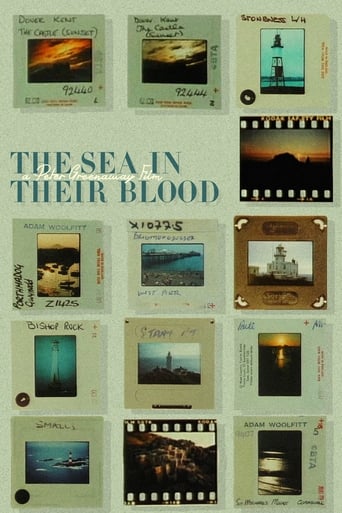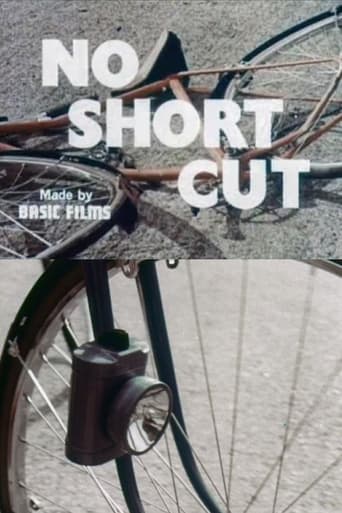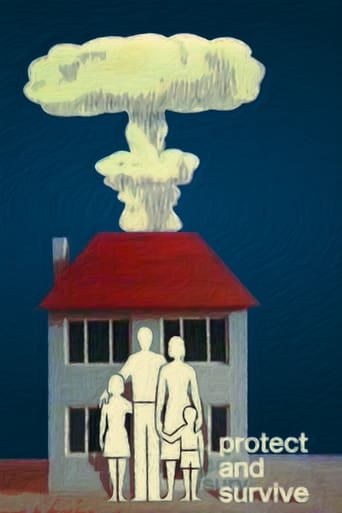The People at No. 19 1949
Reported cases of sexually transmitted disease took a sharp rise during and after World War II, but as this film testifies, sexual license amongst soldiers on the frontline wasn't the sole cause. Back on the home front, for many women, like Joan from No. 19, loneliness or newfound independence acted as an incentive to extramarital promiscuity.


